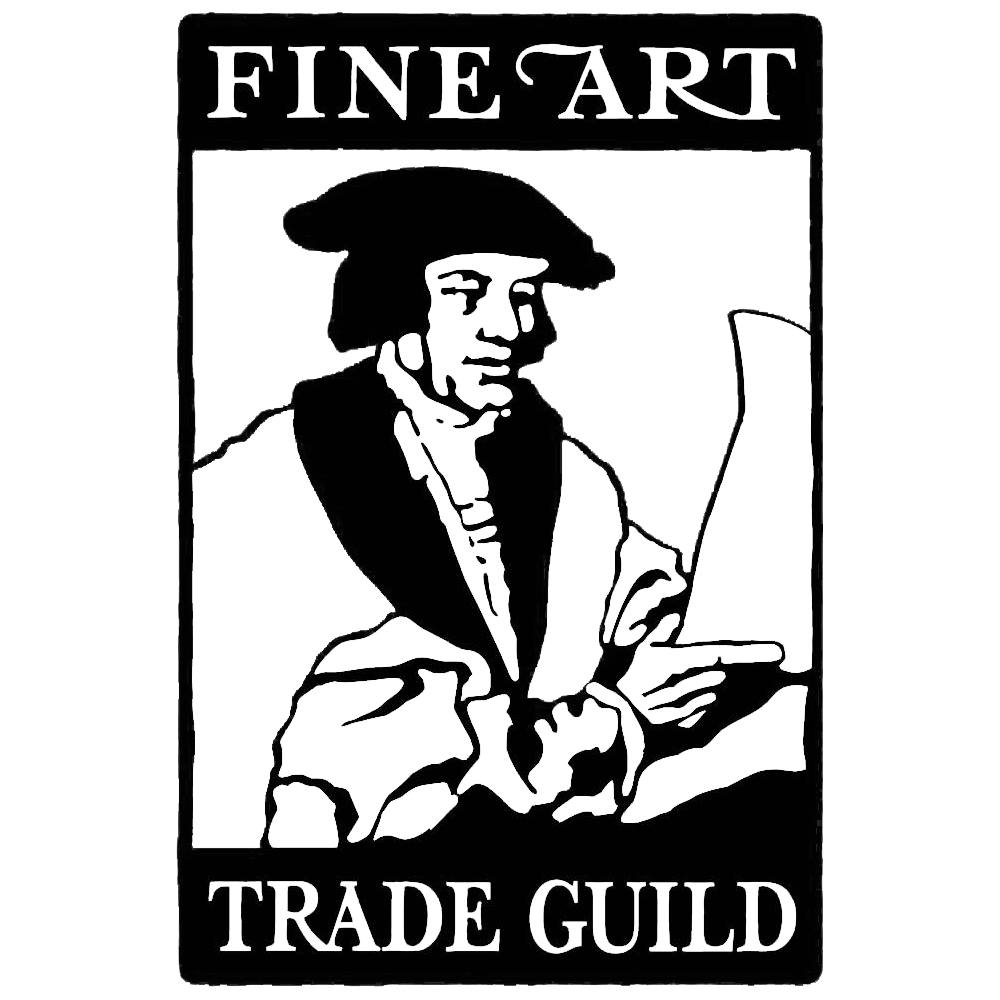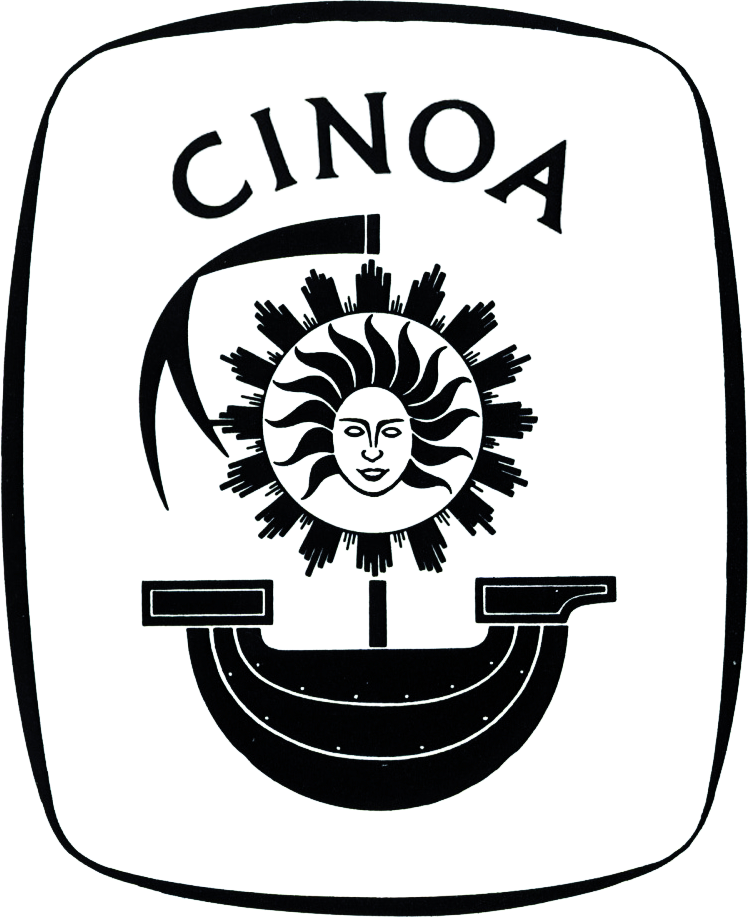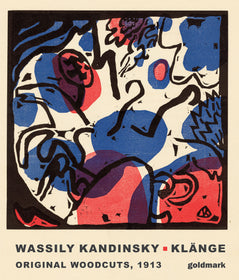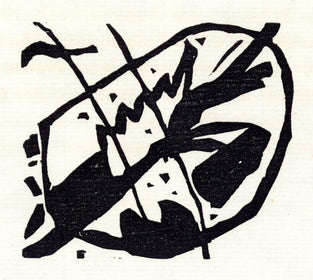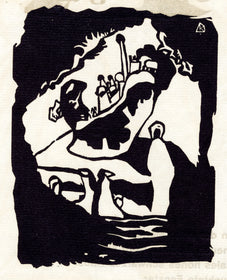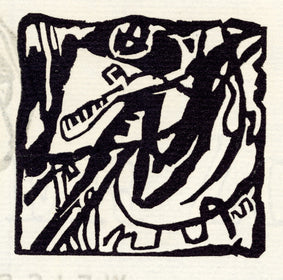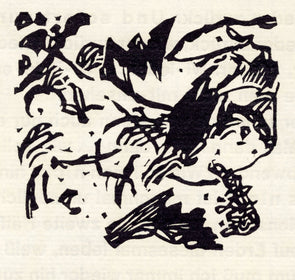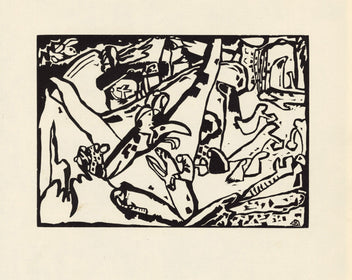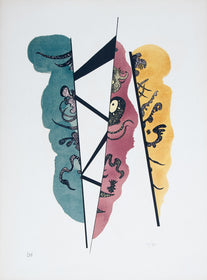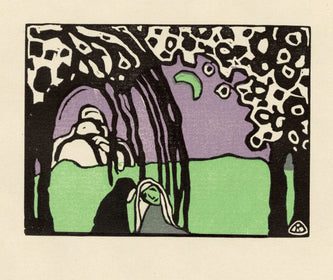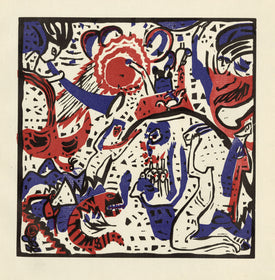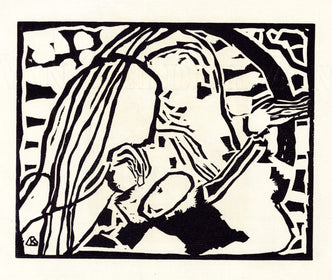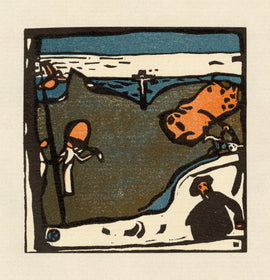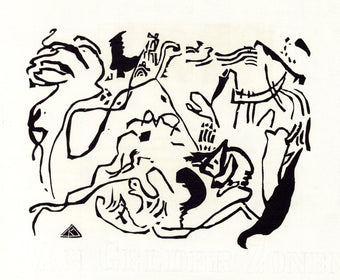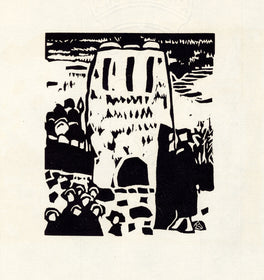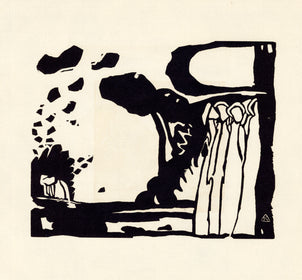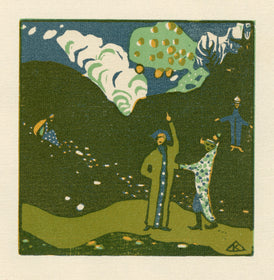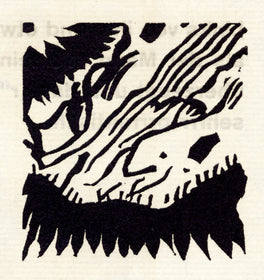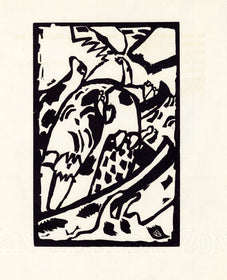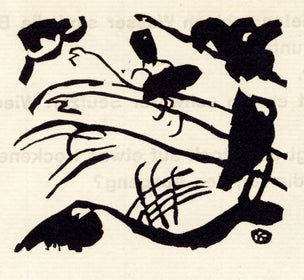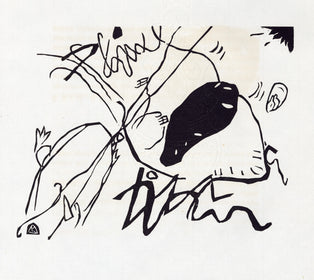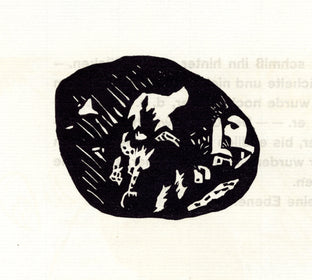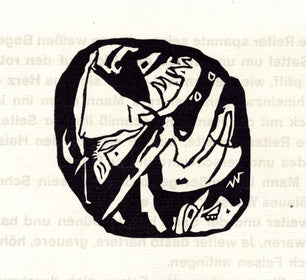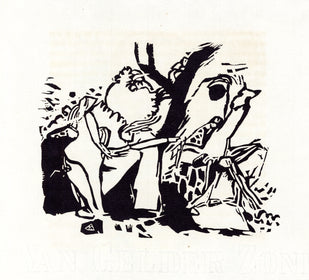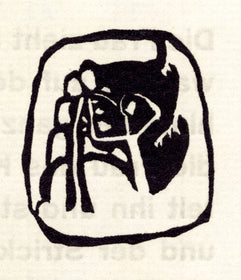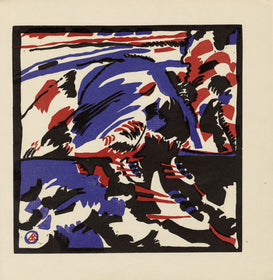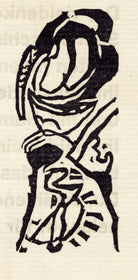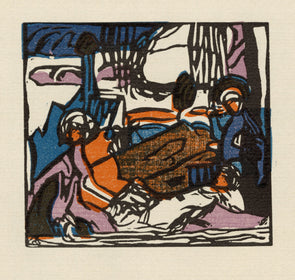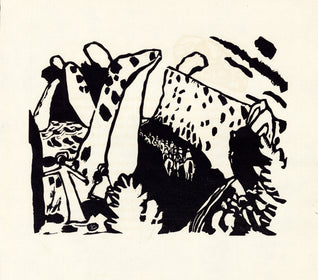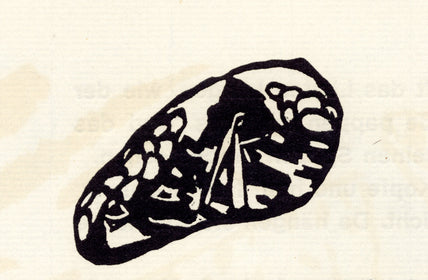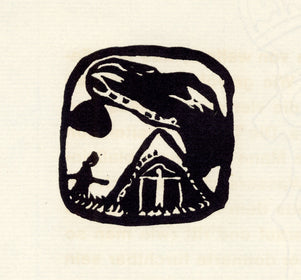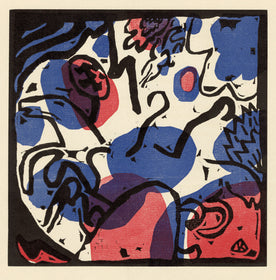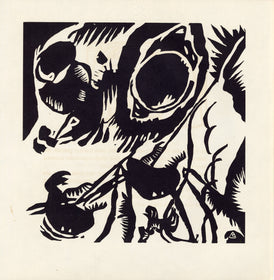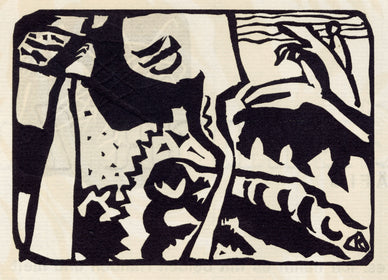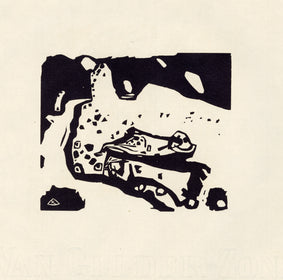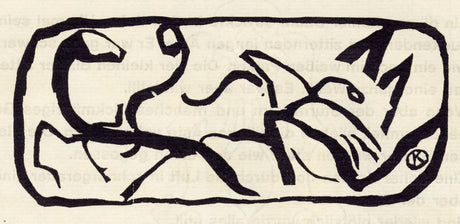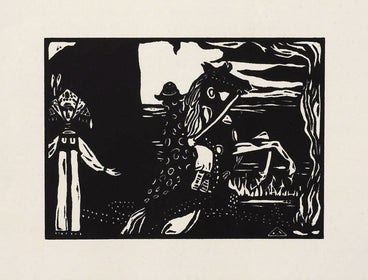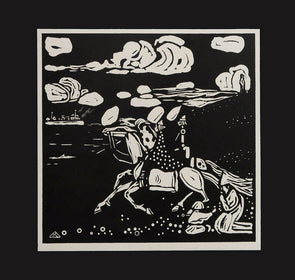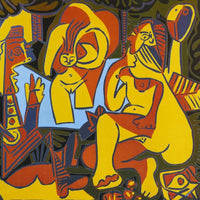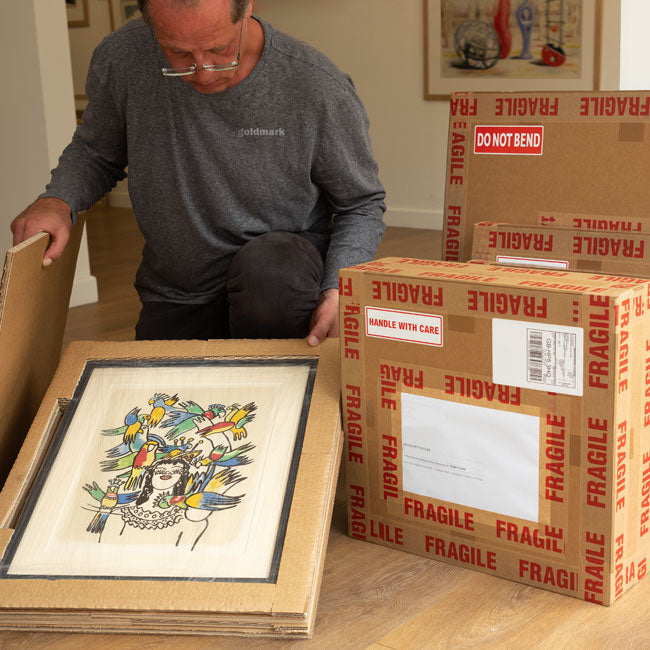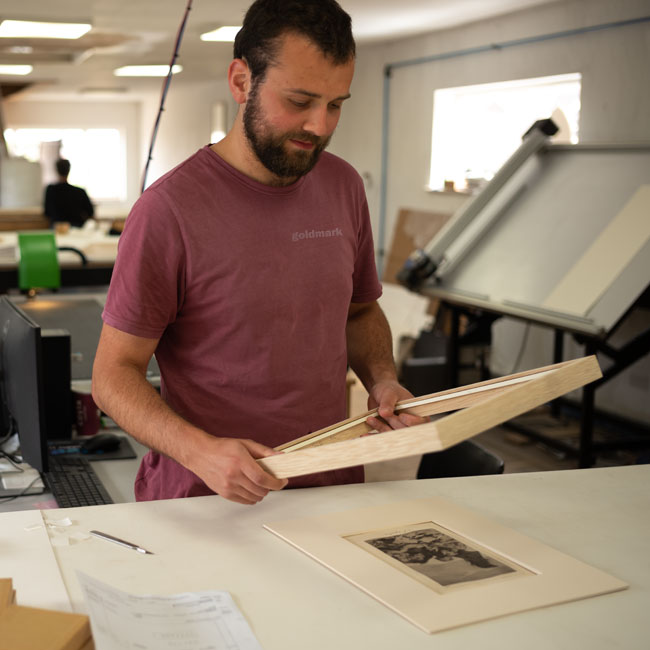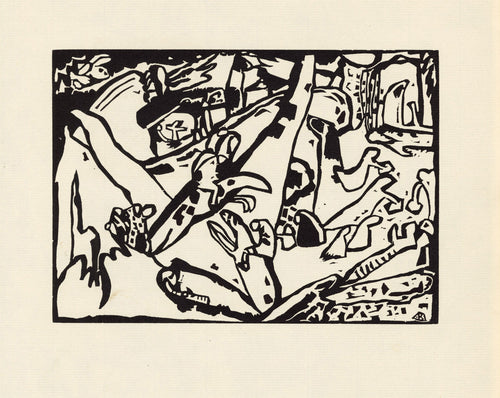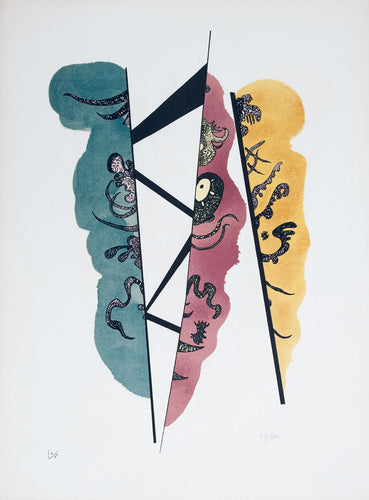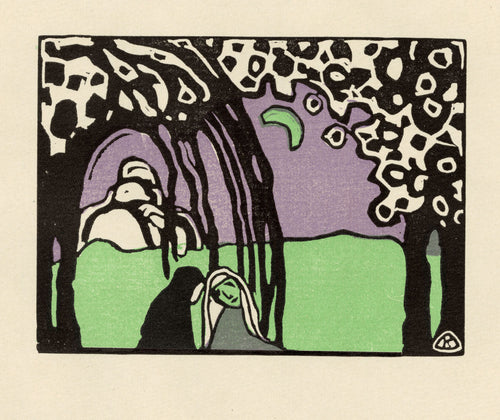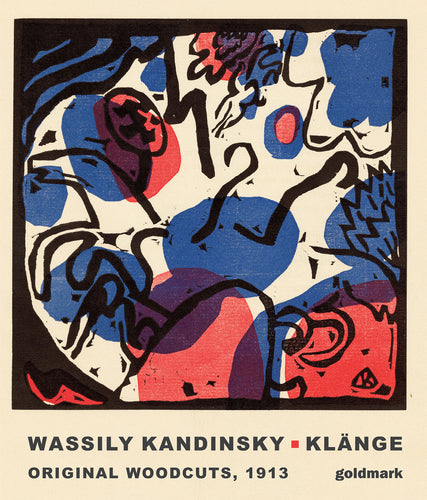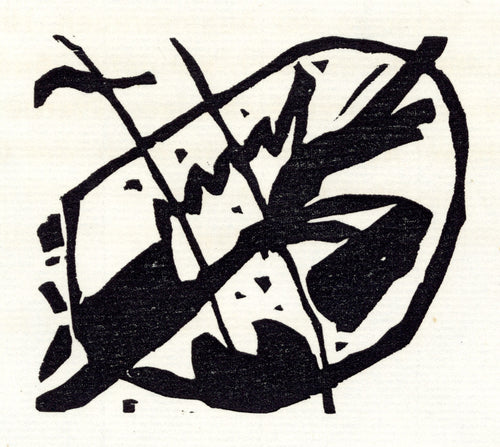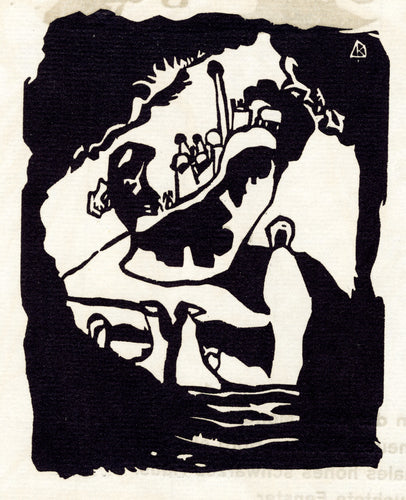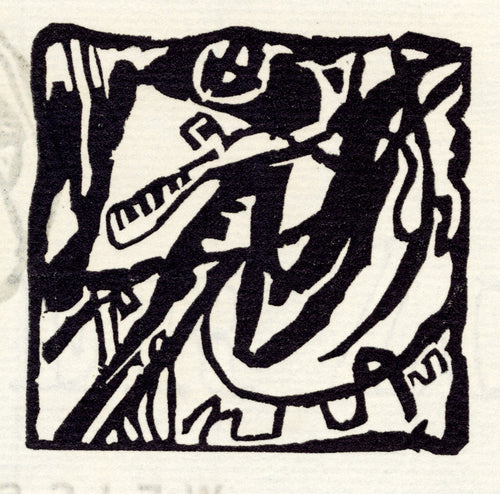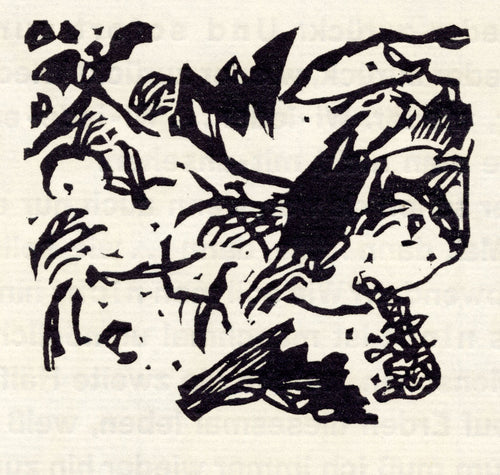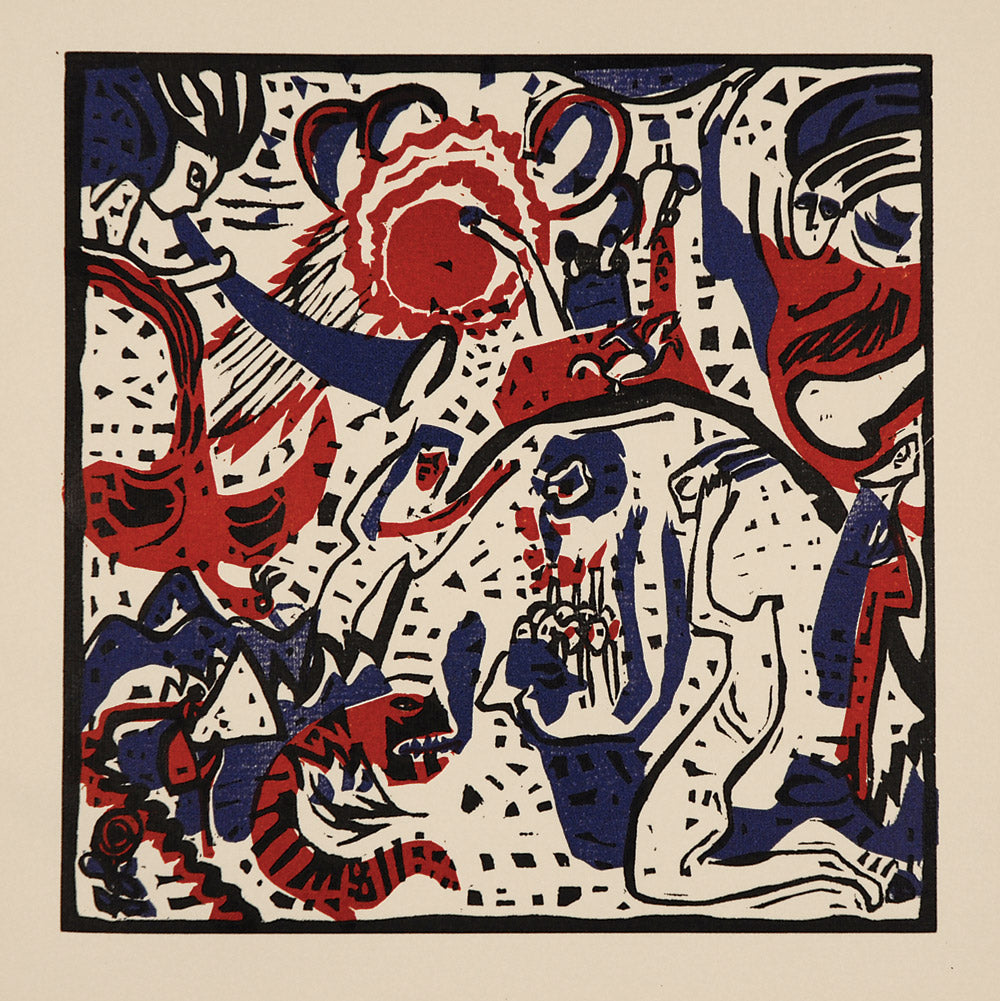Grosse Auferstehung, 1911
Interested in this item?
Start a conversation
This is an original artwork
held in stock at goldmark
Need it in a hurry?
Get in touch
Not completely delighted?
30 day free returns
Artist Information
About the Work
Dimensions & Details
Goldmark.tv
Delivery & Returns
Artist Information
Artist Information
Stay up to date with this artist
Stay up to date with this artist
Wassily Kandinsky was born in Russia 1866. He was one of the most important pioneers of abstract art. Abandoning a promising university career teaching law he traveled to Munich in 1896 to study painting. His pictures combined features of Art Nouveau with his memories of Russian folk art, to which he added a fauve-like intensity of colour.
His move towards abstraction began with his philosophy about the nature of art, influenced by theosophy and mysticism. He did not reject representation, but held that the ‘pure’ artist seeks to express ‘inner’ feelings and ignores the superficial. He was one of the most active figures in the Blaue Reiter group and also took up a teaching post in 1921 in the Bauhaus until it was closed in 1933. He died in 1944.
His move towards abstraction began with his philosophy about the nature of art, influenced by theosophy and mysticism. He did not reject representation, but held that the ‘pure’ artist seeks to express ‘inner’ feelings and ignores the superficial. He was one of the most active figures in the Blaue Reiter group and also took up a teaching post in 1921 in the Bauhaus until it was closed in 1933. He died in 1944.
Related Categories
About the work

About the Work
Edition of 300, from the suite Klänge.
Kandinsky’s Klänge forms part of a trio of seminal works (including Concerning the Spiritual in Art and the famous Der Blaue Reiter Almanac) all published between 1911 and 1912, generally considered the beginning of Kandinsky’s period of ‘creative genius’ which continued through to 1914 and the start of the First World War.
The word Klänge is German for ‘sounds’, and marks Kandinsky’s first exploration into the synaesthetic world of colour and music. The work itself is one of the more famous early examples of a ‘Livre d’Artiste’ (‘artist’s book’), in which Kandinsky combined short prose-poems with colour and black and white woodcuts designed to work in parallel with the writing.
The series revolves predominantly around the idea of spiritual ‘purity’ in art. Kandinsky noted that colour and music or speech were often referred to with the same notions of quality: ‘harmony’, ‘tonality’, ‘sonority’, terms with which both elements of colour or form in art and those of musical composition could be described.
Produced at a time of great change in the art world, the Klänge suite was heralded by many contemporary artists as a breakthrough work. For the Dada artist and abstract sculptor Hans Arp, the book remained a critical source of inspiration throughout his life: ‘Kandinsky has undertaken the rarest spiritual experiments in his poems. Out of ‘pure existence’ he has conjured beauties never previously heard in this world…In these poems we experience the cycle, the waxing and waning, the transformation of this world. Kandinsky’s poems reveal the emptiness of appearances and of reason.’
Kandinsky’s Klänge forms part of a trio of seminal works (including Concerning the Spiritual in Art and the famous Der Blaue Reiter Almanac) all published between 1911 and 1912, generally considered the beginning of Kandinsky’s period of ‘creative genius’ which continued through to 1914 and the start of the First World War.
The word Klänge is German for ‘sounds’, and marks Kandinsky’s first exploration into the synaesthetic world of colour and music. The work itself is one of the more famous early examples of a ‘Livre d’Artiste’ (‘artist’s book’), in which Kandinsky combined short prose-poems with colour and black and white woodcuts designed to work in parallel with the writing.
The series revolves predominantly around the idea of spiritual ‘purity’ in art. Kandinsky noted that colour and music or speech were often referred to with the same notions of quality: ‘harmony’, ‘tonality’, ‘sonority’, terms with which both elements of colour or form in art and those of musical composition could be described.
Produced at a time of great change in the art world, the Klänge suite was heralded by many contemporary artists as a breakthrough work. For the Dada artist and abstract sculptor Hans Arp, the book remained a critical source of inspiration throughout his life: ‘Kandinsky has undertaken the rarest spiritual experiments in his poems. Out of ‘pure existence’ he has conjured beauties never previously heard in this world…In these poems we experience the cycle, the waxing and waning, the transformation of this world. Kandinsky’s poems reveal the emptiness of appearances and of reason.’
Goldmark.tv
Delivery & Returns
-
Our Free Bespoke Delivery
At Goldmark we understand the risks of sending delicate art and ceramics in the post, that’s why we hand package in made to measure boxes, frame and seal every purchase. If you do have an issue with your order, just get in touch with us and we can get it sorted for you as soon as possible.
-
Our Free Bespoke Frames
All eligible orders that include a frame with their delivery will receive a bespoke frame handmade by our dedicated talented team of frame makers. You can learn more about our frame making process here and what makes it so special.
Similar Works
-
A Gallery Supporting Real Artists
Goldmark is proud to have changed the lives of many living artists, enabling them to spend more of their time making pictures, pots and sculpture.READ MORE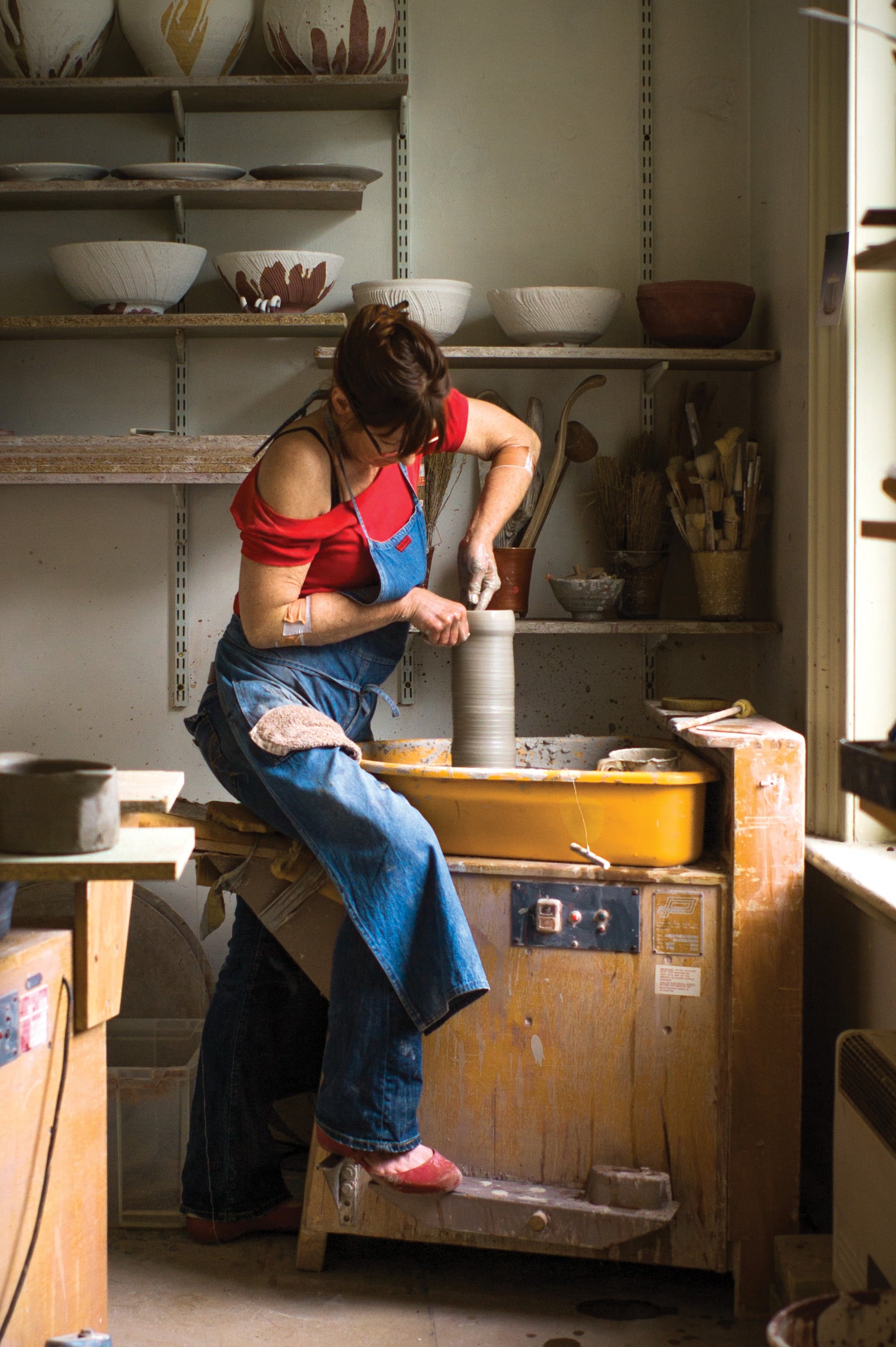
-
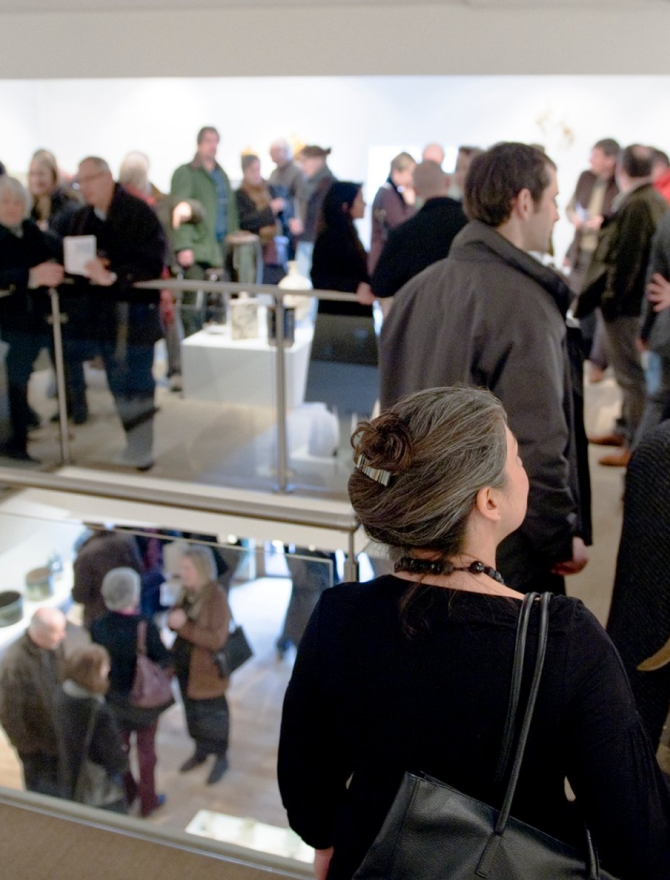 Goldmark is delighted to be a member of the International Fine Print Dealers Association, the Fine Art Trade Guild and the Confederation Internationale de Negociants en Oeuvres d'Art.READ MORE
Goldmark is delighted to be a member of the International Fine Print Dealers Association, the Fine Art Trade Guild and the Confederation Internationale de Negociants en Oeuvres d'Art.READ MORE
